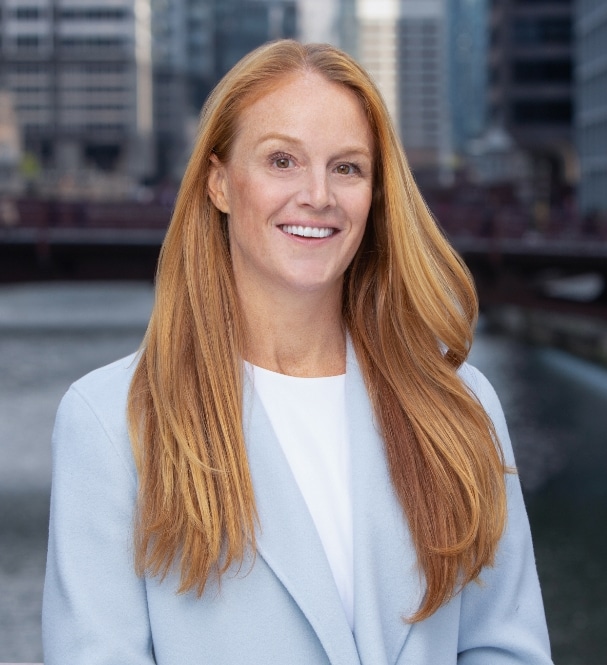Investors in today’s capital markets face a variety of challenges, including the following:
• Stretched Valuations – This time is different? Contemplating de-risking or a hesitancy in putting cash to work?
• Portfolio Drift – A 60/40 allocation has evolved into 75/25 thanks to equity outperformance, and the act of rebalancing causes a tax liability, forcing a reluctant overweight to equities? Clients have too many gains!
• Under-invested – Waiting for a pullback?
• Low Volatility – The calm before the storm? How do I protect my gains?
• Fixed Income – Yields still near historic lows, interest rate risk seems very unappealing.
• Liquid Alternatives – Transparent or opaque? Expensive and untested as most launched post-2008? • 60/40 Model – Correlations are changing, will the Fixed Income sleeve truly offset an equity market sell-off given where rates are today?
• Bull Market has run its course? Long in the tooth, 8 years and counting…
Certainly, there are other challenges, but these are the subject of most of the conversations our team encounters every week. Many investors wonder whether there is a solution to the above problems. In fact, option overlay strategies may be able to solve these dilemmas, or at least improve clients’ positioning relative to their risk appetite. So, if they can truly solve some of these problems, why haven’t option overlays seen wider adoption?
According to a 2017 report by Cerulli Associates on usage among advisors who use any options,1 “on average, advisors use options in 21% of their clients’ accounts, and they expect to increase use by 30% in three years.” Furthermore, “One-third of advisors report never using options with conservative clients, and one-third report always using options for highly aggressive clients. This behavior may indicate preconceived ideas about the “riskiness” of adding options to client portfolios.”
The irony is that the most widely-used option strategies are risk reducing, and are more suitable for conservative clients so long as they are managed properly. The Cerulli report cites some of the common reasons why Financial Advisors avoid using these effective strategies and tools:
1. Financial advisors don’t have the personal know-how (30%),
2. Technological Systems (26%),
3. They need third party ideas (23%).
4. But maybe the most shocking (and thought-provoking) statistic stated in the report is that 40% of advisors who discontinued utilizing options did so because the time commitment was just too great.
If these solutions and strategies were easier to access and in the hands of a 3rd party fiduciary, the advisors’ issues above are alleviated, and more importantly those investment and client problems would be solved and managed, client-by-client, regardless of market conditions.
The capital markets landscape has been good to most investors, and consequently their advisors, since the recovery from the 2008 financial crisis. It may be time to consider securing, protecting, or sheltering that good fortune. There are a few notable quotes that resonate when considering the use of option strategies to reduce risk or hedge as the equity markets continue to make new nominal highs:
• “Hedge when you can, not when you have to.”
• “You can’t buy low, if you don’t sell high.”
• “Being a contrarian is lonely, tough, but generally right.”
The solution to these problems is not out of reach, cumbersome or new, one just needs to know where to find them.
Eric Metz, CFA, is the President and Chief Investment Officer of SpiderRock Advisors and is responsible for all investment strategies and portfolio management activities.
